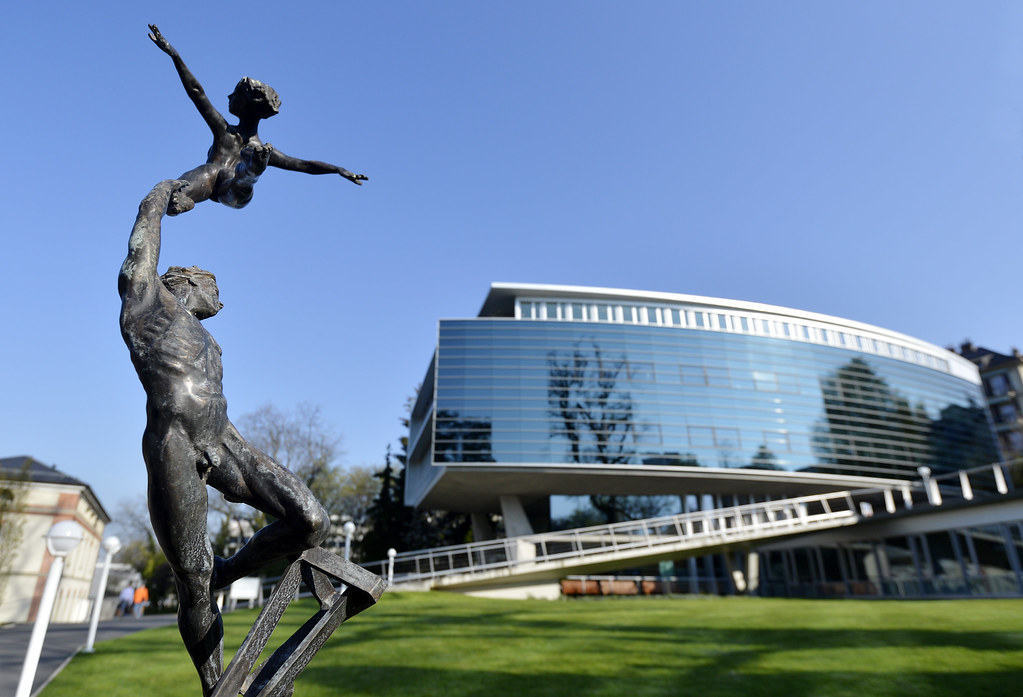RIO DE JANEIRO, BRAZIL – Released on Tuesday, 28th, the Digital Competitiveness ranking 2021 places Brazil in 51st place, maintaining the same position reached last year when the country had risen in the ranking.
Conducted by the International Institute for Management Development (IMD), in Switzerland, in partnership with Dom Cabral Foundation (FDC), in Brazil, the index compares 64 countries in their capacity to create, maintain and promote digital technologies in the public and private sectors. This year, the study has incorporated Botswana into the list of nations observed.

To prepare the ranking, the researchers evaluate and analyze three factors: knowledge (conditions for discovering and learning new technologies), technology (capacity to develop digital technologies), and future readiness (preparedness to incorporate the latest technologies).
In this edition, Brazil showed progress in knowledge, moving from 57th to 51st, and technology, jumping from 57th to 55th. But it suffered a fall in future-readiness, sliding from 43rd to 45th place.
In the last five years, the country has progressed in ranking. However, there was no consistency in the improvements, which allowed other countries to advance and explains the stagnation in 51st position. From these results, one can see that there is still much to be done.
“We run the risk of losing competitiveness, even though we are improving,” says Carlos Arruda, Coordinator of the Dom Cabral Foundation’s Center for Innovation and Entrepreneurship and one of those responsible for the study. “We are in the right direction, but not at the best speed.”
Brazil showed gains in investment in telecommunications in proportion to GDP (0.5%), rising from the 38th position to the 21st. In the perception that employee training is one of the companies’ priorities, the country went from 59th to 43rd.
Furthermore, it showed stability in some points, such as in the proportion of female researchers (49%, 8th) and research and development productivity (51) measured by the volume of publications (371) as a proportion of GDP (8).
The main losses were concentrated in the number of broadband subscribers (from 89.2% of the population to 75.7%; moving from 23rd position to 30th), in total spending on research and development as a proportion of GDP (from 1.26% in 2016 to 1.17% in 2018; moving from 31st position to 35th), and also in the balance of the population using the internet.
In this case, despite having grown the number of users per thousand inhabitants in Brazil (from 647 in 2017 to 724 in 2020), in the overall ranking, the country lost seven positions (fell from 46th position to 53rd) due to the more significant growth of other countries.
Argentina, for example, went from 541 users per thousand inhabitants to 830, rising from 53rd position to 39th.
For the researchers, Brazil has a severe deficiency in technological infrastructure. “The average speed of Internet access in Brazil is far below the potentiality of the technology,” says Arruda.
“This means that we will lag, in relation to other countries, in operational things. For example, when it comes to digitalizing a factory or an agricultural operation. We will suffer relative to others because our infrastructure is inadequate.”
The key, says the analyst, is to invest more in research and development. Traditionally, in Brazil, the public sector supports more than the private sector. “In the United States, there is public sector investment, but the private sector invests a lot, too. Amid a technological evolution, we have to do the same here. It’s the right time to do that.”

